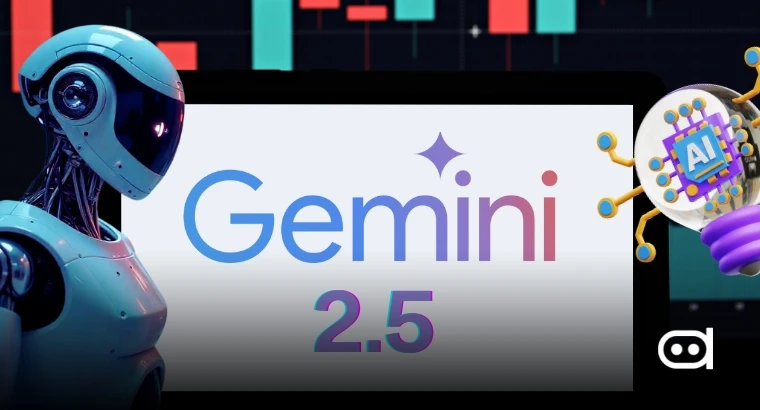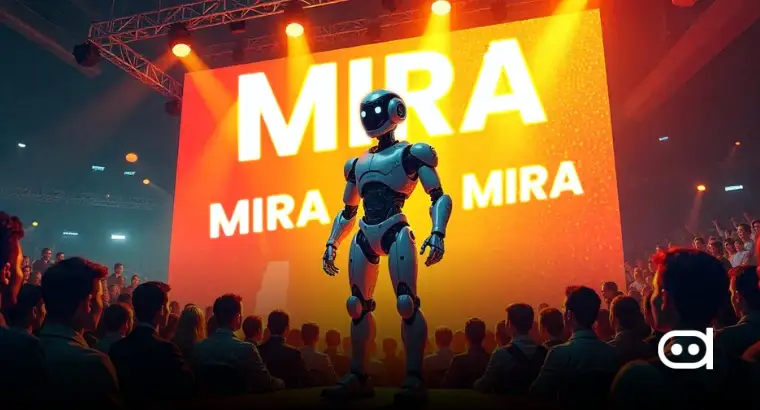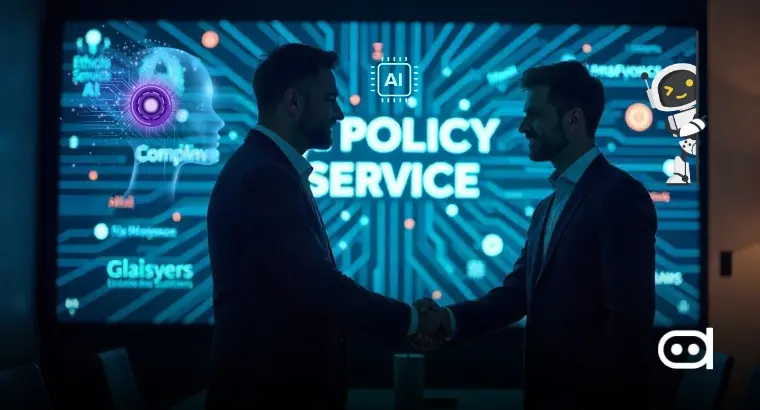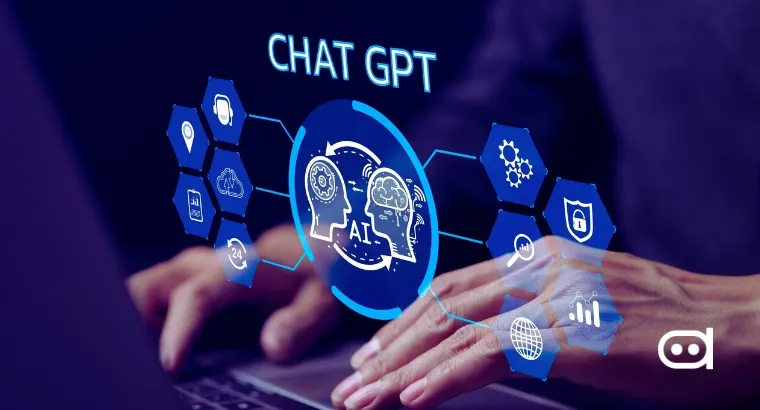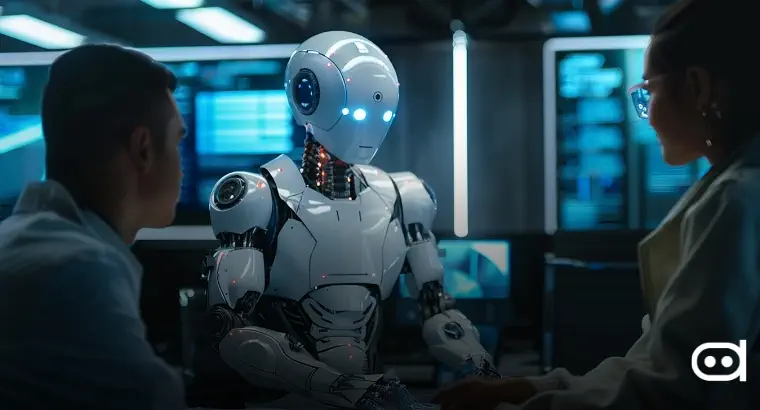
- The robotics industry is witnessing groundbreaking innovations, with China leading the charge. The Tianlian robot, boasting next-generation lifting power and 71 degrees of freedom, is set to redefine humanoid robotics. Meanwhile, LimX showcases its latest CL-1 AI robot update, and Neura unveils its first humanlike robot, marking significant strides in AI-driven technology.
- These advancements highlight the rapid progress in robotics and underscore the increasing focus on creating machines that closely mimic human abilities. The future of AI and robotics is here and more dynamic than ever.
China has launched Tianlian, an advanced humanoid robot with next-gen lifting abilities and 71 degrees of freedom. This invention is a significant milestone in robotics today that can change everything for the better. Tianlian’s engineering allows it to execute complex humanlike moves that make it versatile for tasks requiring both power and delicacy.
Furthermore, LimX has announced its upgraded CL-1 AI robot that runs alongside Tianlian. Among the most sophisticated artificial intelligence systems available, the new CL-1 update comes with better cognitive features and enhanced interaction protocols. Consequently, LimX’s attention to refining the AI capabilities of CL-1 implies a growing movement towards increasingly intelligent and adaptive robots able to learn and develop through their interactions with the environment.
Additionally, Neura has joined this competition by introducing the first-ever life-like machine meant to imitate human looks, gestures, and actions. Neura designed its robot with the goal of facilitating human-machine interaction by creating smooth interfaces between humans and machines. In essence, this development indicates a shift towards robots that not only do but also relate more naturally and intuitively to people.
ReadMore:Richard Sutton’s Bold Stand: Decentralization Over AI Control
It therefore leads us into a future where the line between man himself and his own creations is continuously becoming blurry thus making them active participants in society rather than mere tools.
Conclusion
In summary, these improvements have been evident in robots like Tianlian and CL-1 from LimX, among others, that were produced recently, making strides in robotics incorporating Artificial Intelligence technology. These developments have shown how robots can be easily assimilated into human societies, opening up new opportunities in various sectors, including healthcare and manufacturing industries. As these technologies progress into this century, they blur the distinction between what we think only humans can do vis-a-vis robotic possibilities, thereby allowing AI-driven machines to become an integral part of our lives soon enough.
